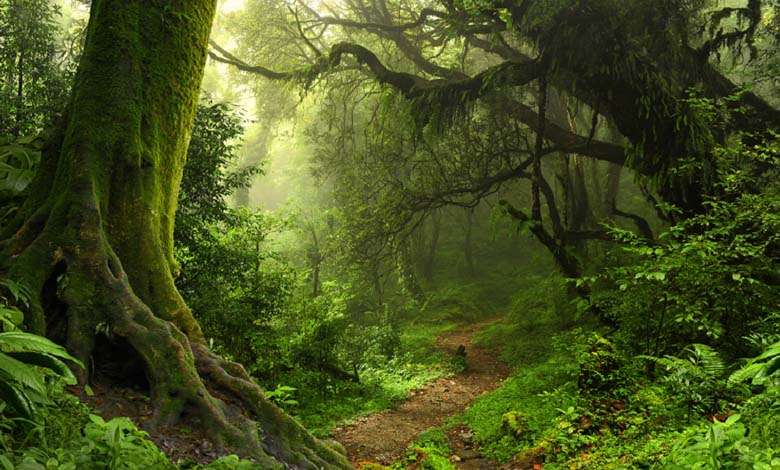Discovery of a “Lost” Forest from 22 Million Years Ago

Scientists have found a mangrove forest that flourished on an island in the Panama Canal, but disappeared 22 million years ago when a violent volcano erupted and buried it under rocks.
Researchers at the Smithsonian Tropical Research Institute discovered fossilized remains of trees that once stretched along the water’s edge on Barro Colorado Island. They found a total of 121 preserved wooden pieces, still bearing their specific characteristics such as water vessels.
According to the British newspaper “Daily Mail,” in addition to rediscovering the long-lost forest, the team speculated that it was teeming with species not seen on Earth today.
Fossil evidence indicates that a massive volcanic eruption led to a violent flow of water, mud, ash, and rocks. In the early Miocene epoch, about 23 million years ago, large land masses collided in South America and the Caribbean tectonic plate, shaping the landscapes in Panama and the rest of Central America.
During this collision, the land rose (becoming Barro Colorado Island), and around its edges, there was a mangrove forest, with its trees reaching up to 130 feet in the air. The study authors noted that sediment samples indicate the forest grew in a low-salinity area, where salt and freshwaters meet – ideal conditions for mangrove trees.
The researchers concluded that the fossil evidence, including volcanic sandstone surrounding the tree fossils, suggests that perhaps a single large volcanic eruption submerged these trees.
This fate may not have been unique to this forest alone, as the study authors wrote that such extinctions likely occurred worldwide since the Miocene epoch.












